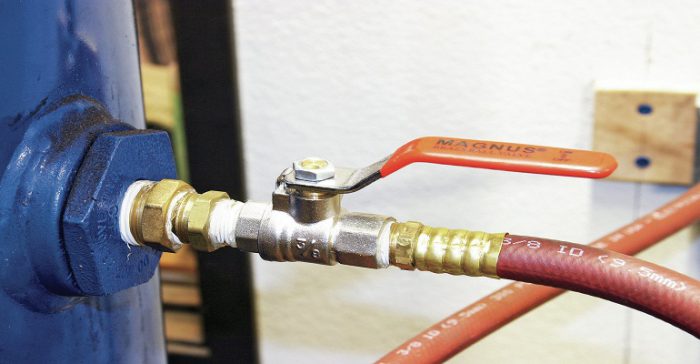Boosting Energy Efficiency: Air Compressor Technology
IEN, November 25, 2016
Faced with increasing competition, high energy costs, increased regulation and more aggressive sustainability goals, facility owners and plant managers are under extraordinary pressure to reduce costs, while achieving greater productivity and energy efficiency. Most industries use some form of air or gas compression to generate power to run equipment, tools and plant processes. It is an extremely convenient source of power, often referred to as the fourth utility. Yet, in many cases it is deployed inefficiently. An estimated 30 to 50 percent of energy used in a compressed air system is wasted during operation. Those losses can be a result of leaks, poor maintenance, bad system design, heat loss and pressure loss.
This is why industries are making commitments to increase energy efficiency around the globe.
Efficiency standards are coming
In addition to self-regulating efforts, government bodies and industry groups are driving more stringent industry standards to ensure today’s air compressor systems meet peak energy efficiency and performance targets. Today, complying with proposed compressor standards is voluntary in the U.S. and Europe, but emerging regulatory developments are likely to change that.
Governing bodies leading the push for implementation of minimum efficiency standards include the European Union, which issued the Ecodesign Preparatory Study on Compressors (ENER Lot 31) in 2009, and the DOE Office of Energy Efficiency and Renewable Energy (EERE).
Industry groups, such as the European Association of Manufacturers of Compressors (Pneurop), Vacuum Pumps, Pneumatic Tools and Allied Equipment (PNEUROP) and the Compressed Air & Gas Institute (CAGI) drive the adoption of uniform, voluntary standards and provide many services, including research, education, information gathering and distribution and training to end users. These efforts are designed to increase the overall energy efficiency of compressed air products on the market while promoting cooperation, awareness and compliance with industry standardization.
Although the scope of U.S. standards for air compressors has only begun to take shape, industry groups agree that the end result of this energy standardization will likely be the promotion of minimum efficiency standards, product testing procedures, certification and enforcement of standards and energy efficiency labeling for air compressors. These anticipated changes will drive research and development teams to push the boundaries of efficiency with innovations in compressor technology as well as systems improvements, proactive service strategies and maintenance offerings for compression systems.
New compression solutions are already coming to market to help manufacturers significantly reduce their energy costs. For example, Ingersoll Rand recently introduced their Next Generation R-Series line of rotary screw compressors that improve energy efficiency by up to 13 percent, and even higher with variable speed drive options.
